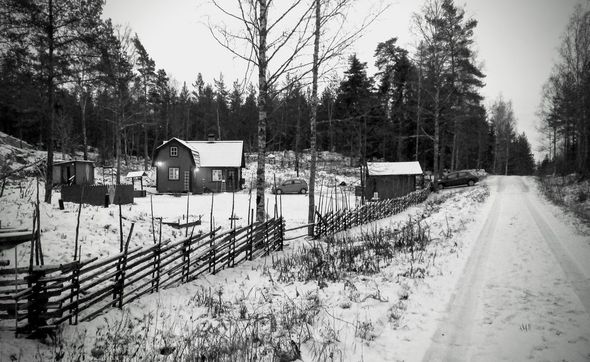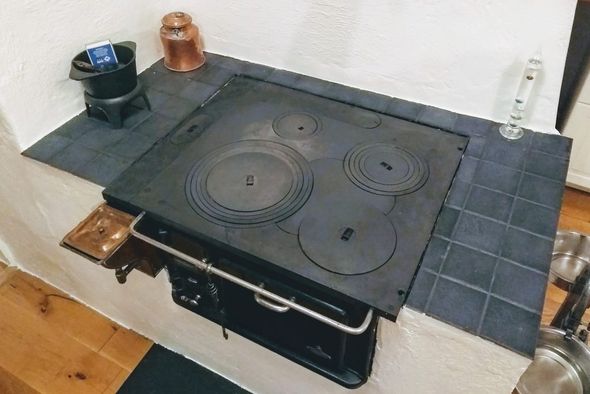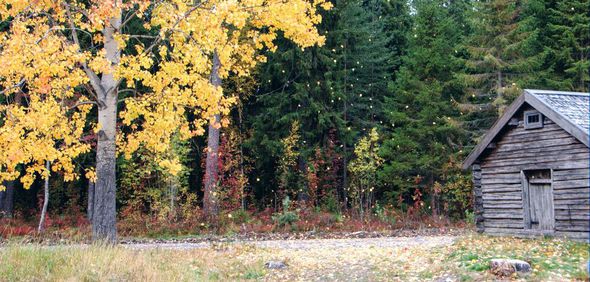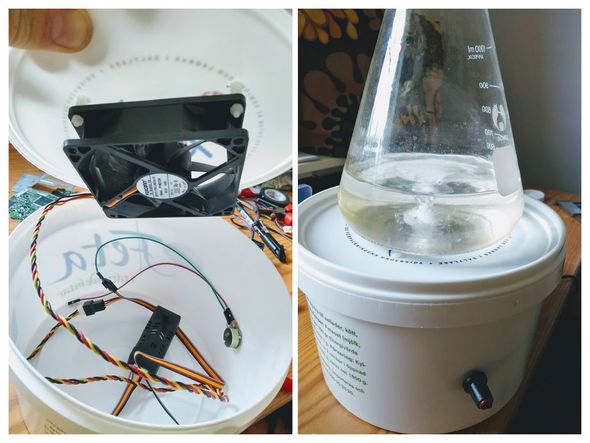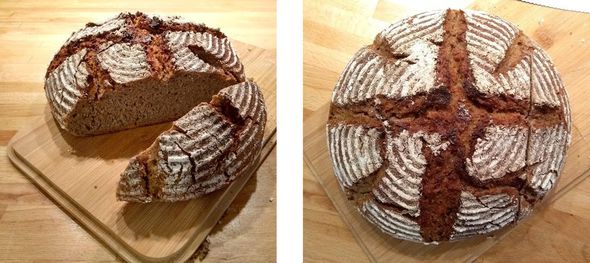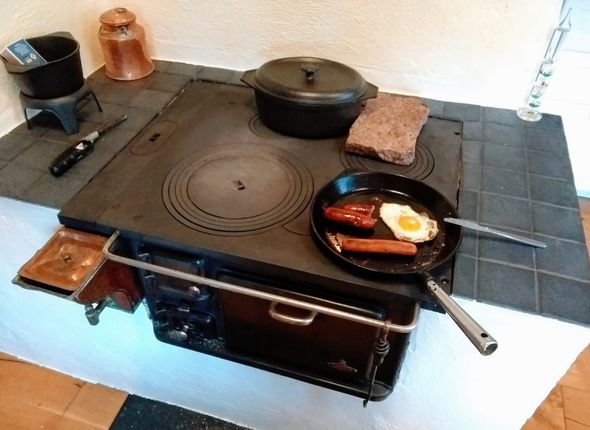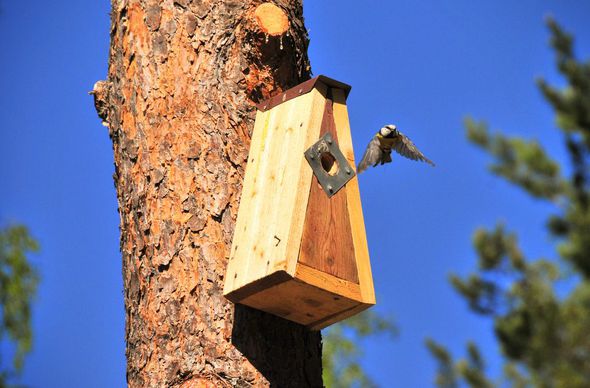Tagged with photo …
Cutting Tiles
I love this kind of trick. It's non-obvious, at least to me, and such a nice illustration of the cleverness that craftsmen and DIY-folks have.
The only time I tried tiling myself was last summer, around our old kitchen stove. It came out quite ok, but not perfect.
The Latest Homebrews
It's been over a year since I last wrote about homebrewing. Well, I guess I was rather doing than talking about it. The number of batches has been steadily increasing, the latest #35 is a red Pale Ale with lots of Ekuanot hops. Overall I've been following the seasonal styles tradition, meaning that I brewed a few lagers last winter (Helles, Dunkles and a very good strong Schwarzbier), some wheat beers in summer (both Bavarian and Belgian Wit), and Pale Ales and Stouts in between. My clones of the Sierra Nevada Pale Ale (SNPA) and of the Chimay Red Belgian Dubbel came out very nicely. Next up are lagers again, starting with a Bohemian Pilsner.
With two years into the hobby, it makes sense to add up some numbers. I've now brewed 988 liters of beer with an average strength of 5.5% alc/vol and average batch size of 28 liters, where the size has been increasing over time once I figured out that you can dilute wort after boiling to make more of a weaker beer. This suits me well since I prefer highly drinkable beers to the show-off super-strong ones.
Summing up my order history on the relevant webshops for ingredients and equipment, I arrive at 1200 EUR. Adding another 200 for things unaccounted for, I get 71¢ per half-liter-bottle, which I usually use. This is about 75% of the price for the very cheapest beer that you can find in Swedish alcohol monopoly shops, and about a fifth of what a SNPA sets you back there.
Contrary to many other hobbies, I can therefore safely claim to actually having saved money with it. Although this was not the initial intention and still is far subordinate to the joy of making drinking my own beers, I like that homebrewing is not a money-sink for me. I'm sure it can be that, and is for some, but I've been following my usual rule of buying less and only very modestly upgraded the equipment. For example, I still use the same 30L-kettle for mash and boil as for the very first batch.
I also built a magnetic stir plate from scrap material that I had lying around. This is useful when harvesting yeast from bottles and to increse the cell count to get an adequate pitch rate for a batch.
Roggenmischbrot
A few months ago I started baking bread, because good German-style bread is often difficult to get abroad. This one is a sour-dough bread from today, no yeast, just dark rye and some wheat flour, salt and water.
